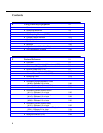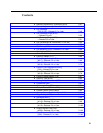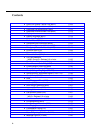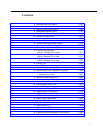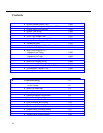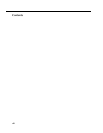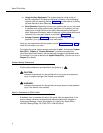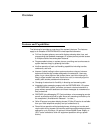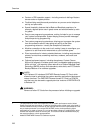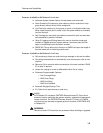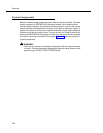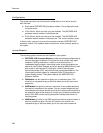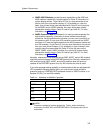
About This Guide
x
■
Using Auxiliary Equipment.
The system supports a wide variety of
auxiliary equipment, including fax machines, modems, voice messaging
systems, and call reporting devices. Chapter 4 provides advice on setting
up these devices to work effectively with the system.
■
Daily Operation.
Depending on how your system is set up, you may need
to oversee some of the system’s daily operations. For example, you may
need to turn on Night Service at the end of each day before leaving the
office. Reference information about all features, including descriptions and
instructions for using each feature, is provided in Chapter 5.
■
Solving Problems.
Chapter 6 provides information about solving
problems if your system or telephones malfunction.
Once you are experienced with the system, use the Table of Contents or Index to
locate the information you need.
Throughout this guide, feature names are printed in bold—for example, System
Date (#101). Chapter 5, ‘‘Feature Reference’’ provides comprehensive
information about each feature, with the features arranged in alphabetical order.
For example, if you see a reference to System Date (#101), you can look it up in
Chapter 5 for details.
Product Safety Statements
Product safety statements are identified in this guide by a: .
!
CAUTION:
Indicates the presence of a hazard that will or can cause minor personal
injury or property damage if the hazard is not avoided.
!
WARNING:
Indicates the presence of a hazard that can cause severe or fatal personal
injury if the hazard is not avoided.
How to Comment on This Guide
A feedback form is located at the end of this guide, after the appendixes. If the
form is missing, send your comments and recommendations for changes to
Publications Manager, Lucent Technologies, 211 Mount Airy Road (Room
2W-226), Basking Ridge, NJ 07920 (FAX 1-908-953-6912).
!



